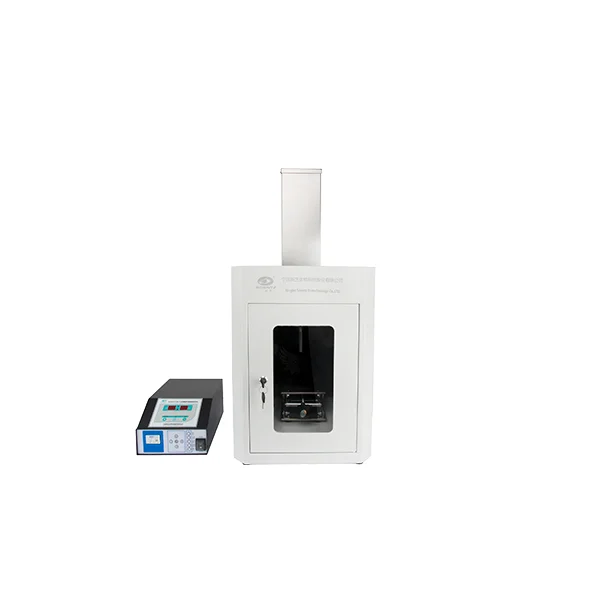When it comes to outdoor activities, the right footwear can make all the difference. Whether you’re navigating rocky terrains or strolling through serene forests, understanding the distinction between trail shoes and hiking shoes is crucial for both comfort and performance. In this article, we will delve into the nuances of these two types of footwear, exploring their design, functionality, and the specific scenarios in which each excels.
Understanding the Basics: Trail Shoes vs. Hiking Shoes
At first glance, trail shoes and hiking shoes may seem similar, but they serve different purposes and are designed with distinct features.
Trail Shoes: These are lightweight shoes designed primarily for running or fast-paced activities on uneven surfaces. They typically feature a lower profile, which allows for greater agility and speed. Trail shoes are engineered to provide excellent grip on various terrains, thanks to their aggressive outsoles made from durable rubber compounds. The cushioning in trail shoes is often more responsive, catering to the needs of runners who require a balance between comfort and ground feedback.
Hiking Shoes: In contrast, hiking shoes are built for stability and support during long treks. They generally have a sturdier construction, with a higher ankle support to protect against twists and turns on rugged trails. The outsoles of hiking shoes are designed for traction and durability, often featuring deeper lugs to grip loose soil and rocky surfaces. Additionally, hiking shoes tend to have more cushioning and a thicker midsole, which helps absorb impact over extended periods of walking.
Key Differences in Design and Functionality
- Weight and Flexibility:
- Trail Shoes: Lightweight and flexible, ideal for runners who need to maintain speed and agility. The lightweight design allows for quick movements and less fatigue over time.
- Hiking Shoes: Heavier and more rigid, providing the necessary support for carrying a backpack and traversing uneven ground. The added weight contributes to stability, especially on longer hikes.
- Cushioning and Support:
- Trail Shoes: Feature responsive cushioning that promotes a natural foot strike, making them suitable for short to medium distances. They often have a lower drop (the difference in height between the heel and toe), which encourages a more natural running form.
- Hiking Shoes: Offer more substantial cushioning and support, designed to absorb shock and reduce fatigue during long hikes. The higher drop can help with heel-to-toe transitions, which is beneficial when walking downhill.
- Traction and Outsole Design:
- Trail Shoes: Equipped with aggressive tread patterns that provide excellent grip on wet and dry surfaces. The rubber compounds used are often softer, enhancing traction but potentially sacrificing durability on abrasive surfaces.
- Hiking Shoes: Feature deeper lugs and a more robust rubber outsole, designed to handle a variety of terrains, including mud, gravel, and rocky paths. The focus is on durability and stability rather than speed.
- Water Resistance:
- Trail Shoes: While some models offer water-resistant features, they are generally not designed for prolonged exposure to wet conditions. Breathability is often prioritized to keep the feet cool during intense activities.
- Hiking Shoes: Many hiking shoes come with waterproof membranes, such as Gore-Tex, to keep feet dry in wet conditions. This feature is essential for hikers who may encounter streams, puddles, or rain.
Choosing the Right Footwear for Your Adventure
When deciding between trail shoes and hiking shoes, consider the following factors:
- Activity Type: If your primary activity is trail running or fast-paced hiking, trail shoes may be the better choice. For longer hikes, especially with a heavy pack, hiking shoes will provide the necessary support and comfort.
- Terrain: Evaluate the terrain you’ll be traversing. For rocky, uneven trails, hiking shoes offer the stability needed. For smoother, well-maintained paths, trail shoes can enhance speed and agility.
- Weather Conditions: If you anticipate wet conditions, opt for hiking shoes with waterproof features. In dry, warm weather, trail shoes may provide better breathability.
- Personal Comfort: Ultimately, the best shoe is one that fits well and feels comfortable. It’s advisable to try on both types and consider factors like arch support, fit, and overall feel.
Conclusion
Understanding the differences between trail shoes and hiking shoes is essential for optimizing your outdoor experience. Each type of footwear has its unique advantages tailored to specific activities and environments. By considering your intended use, terrain, and personal comfort, you can select the right footwear that will enhance your performance and enjoyment on the trails. Whether you’re sprinting through a forest or embarking on a multi-day hike, the right shoes will keep your feet happy and ready for adventure.

Average Rating